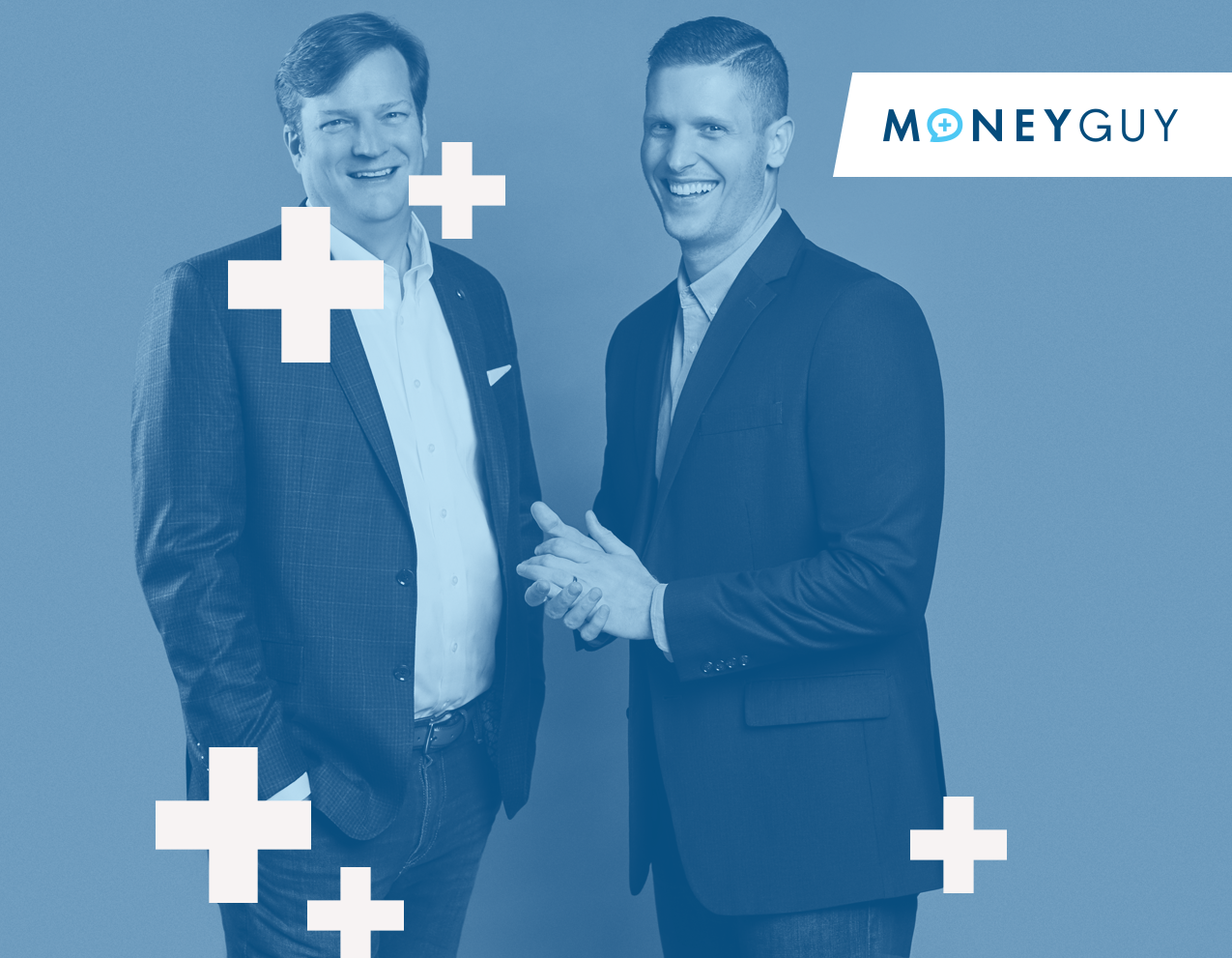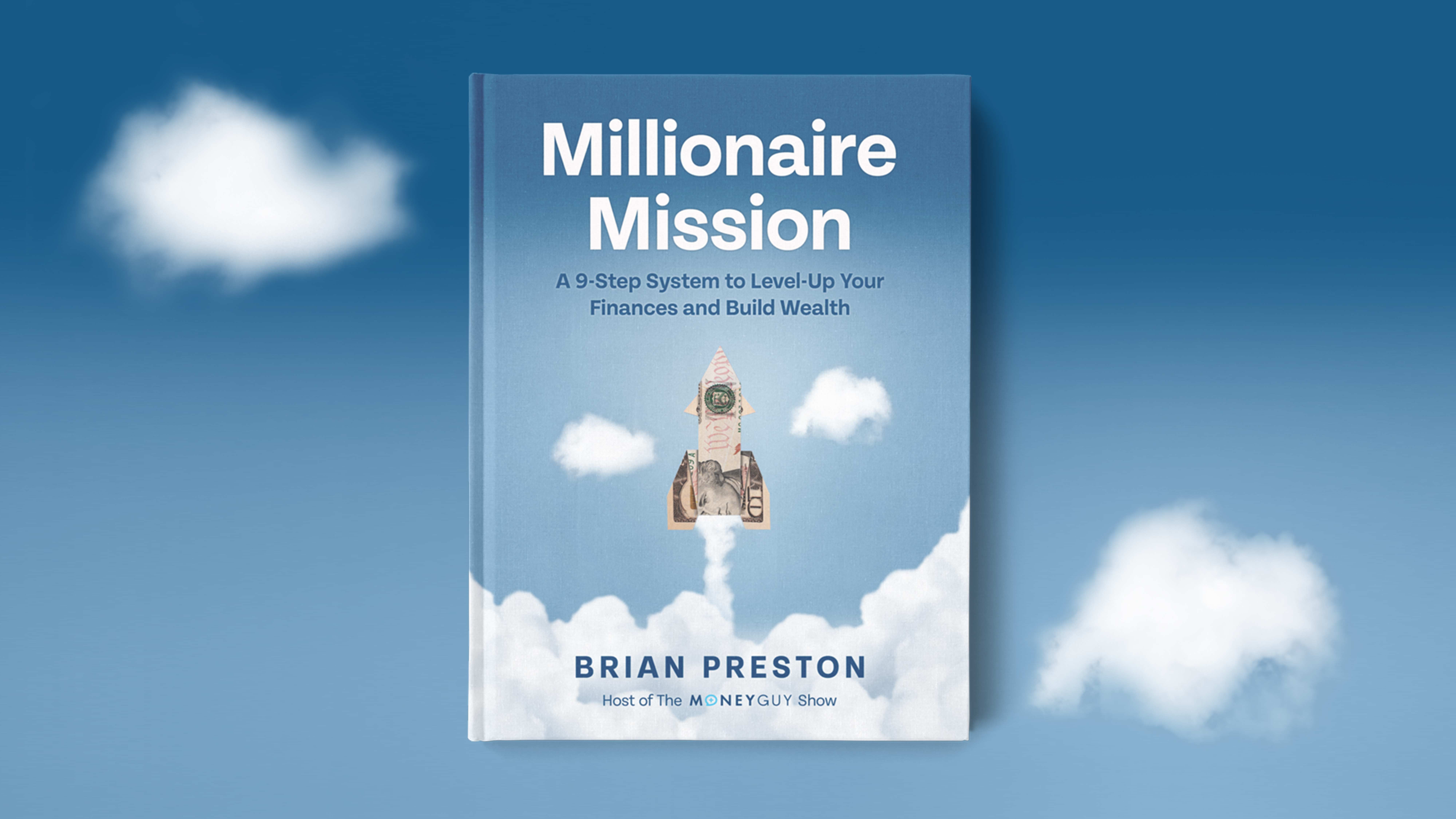
Change your life by
managing your money better.
Subscribe to our free weekly newsletter by entering your email address below.

Subscribe to our free weekly newsletter by entering your email address below.
In 2019, Michael Burry, who was portrayed by Christian Bale in The Big Short, claimed that index funds were in a bubble with prices exceeding their underlying value. He compared them to collateralized debt obligations (CDOs), which significantly contributed to the 2008 financial crisis.
Now in 2025, with years of additional market data, we can re-evaluate whether these predictions have materialized and whether they should concern everyday investors.
We’ll examine:
Whether index funds and ETFs are really approaching bubble status.
If this could trigger a collapse similar to 2008.
What, if anything, investors should do about it.
An index fund is an investment vehicle that pools money from many investors to purchase a collection of securities that mirror a specific market index.
The most well-known example is the S&P 500 index fund, which holds shares of the 500 largest U.S. companies proportional to their market weight.
Unlike actively managed funds, which attempt to beat the market, index funds simply track the index.
Benefits include:
Lower fees
Diversification
A hands-off approach to investing
This is where Michael Burry saw a problem.
His claim:
Index investing obscures price discovery.
Investors increasingly buy based on brand recognition (e.g., “It’s the S&P 500, it’s safe”) rather than analyzing underlying companies.
This imbalance would inflate prices beyond intrinsic value, creating a bubble and eventual crash.
To bolster his argument, Burry compared index funds to CDOs.
CDOs pooled various types of debt into tranches (tiers of risk and return).
In the 2000s, mortgage-backed CDOs became popular, especially those filled with subprime mortgages.
Tranching and overly generous credit ratings hid their true risk, leading investors to misprice them as safer than they were.
Strong investor demand encouraged lenders to issue more subprime mortgages, fueling a destructive feedback loop that helped trigger the 2008 crash.
Burry’s point: Index funds hide risks the way CDOs did.
Counterpoint:
S&P 500 companies are not subprime mortgages. They are established companies with large market capitalizations.
CDOs drove demand for riskier loans; index funds do not create new companies—they simply hold existing ones that meet set criteria.
Fundamentally, these are different situations.
A common claim is that passive investing makes up “over half the market.” But this is misleading.
As of late 2024: passive mutual funds and ETFs made up just under 60% of the equity fund market in the U.S. (Apollo Academy).
As of early 2025: passive investments only accounted for about 13% of the entire U.S. stock market (Bloomberg Intelligence).
Even including “closet indexing” (active funds that secretly mirror indexes), only about a third of market ownership is effectively passive.
So passive investing is big, but not dominant enough to threaten the system.
Stock prices are set by trading activity—the balance of buyers and sellers—not by how much of the market is held in index funds.
Passive investors mostly buy and hold.
Active investors still dominate trading:
For every $1 traded by passive investors, active investors trade $22 (BlackRock).
Active investors account for 95% of trading activity.
Conclusion: Price discovery is alive and well. Passive funds have little influence on daily price movements.
Could trouble arise if passive funds one day dominated both ownership and trading?
The Grossman-Stiglitz paradox explains why this is unlikely:
If markets were perfectly efficient, no one would bother researching investments.
That would create inefficiencies, which would then attract active investors back into the market.
In other words, markets self-correct.
This balance ensures:
Active managers continue to set prices through trading.
Passive funds remain cost-effective tools for everyday investors.
Michael Burry’s index fund bubble theory doesn’t hold up under scrutiny.
Passive investing:
Represents a modest share of ownership.
Accounts for an even smaller fraction of price-setting activity.
Price discovery remains intact, with active investors carrying the weight of market efficiency.
Any inefficiencies naturally self-correct, maintaining balance.
For everyday investors:
A diversified, low-cost index fund strategy remains sound.
No dramatic changes are needed.
Index investing helps smooth out market cycles and supports long-term wealth building.
As Jack Bogle famously said: “Don’t just do something, stand there.”
Subscribe on these platforms or wherever you listen to podcasts! Turn on notifications to keep up with our new content, including:
In 2019, Michael Burry, who was played by Christian Bale in The Big Short, claimed that index funds were in a bubble with prices exceeding their underlying value. He compared them to CDOs, which contributed significantly to the 2008 financial crisis.
But now in 2025, with years of additional market data available, we can re-evaluate whether these predictions have materialized and if they should concern everyday investors who are trying to build their financial futures—just like you. We’re going to look at whether index funds and ETFs are really approaching bubble status, whether this could trigger a collapse similar to 2008, and what, if anything, you should do about it.
We have to set the stage with some basic info so we can understand Burry’s actual argument that index funds are approaching a bubble. An index fund is a type of investment vehicle that pools money from many investors to purchase a collection of securities that mirror a specific market index. The most well-known example is an S&P 500 index fund, which holds shares of the 500 largest U.S. companies proportional to their market weight.
Unlike actively managed funds, where managers try to beat the market by picking winners, index funds simply track the index. They are passively managed. This results in lower fees, better diversification, and a more hands-off approach to investing.
And this is where Michael Burry saw a problem. He predicted that index investing was obscuring something known as price discovery and that as passive index investing increased, more and more investors would be buying investments based essentially on brand recognition. People might say things like, “Oh, well, it’s the S&P 500. It’s reliable. I’ll just buy that,” without any real analysis of the companies that make up the index.
This process, according to Burry, would cause the price of various index investments to increase beyond the true intrinsic value of the holdings that comprise them. The idea is that the imbalance between index investing and the actual analysis to justify that investment would, in turn, cause a bubble and subsequently a crash.
To help make this argument, Burry likened index funds to CDOs (collateralized debt obligations). CDOs are structured financial products that pool various types of debt into what are known as tranches—basically tiers of risk and return—that are then sold to investors.
In the 2000s, mortgage-backed CDOs became extremely popular, particularly those stuffed with subprime mortgages. Both tranching and overly generous credit ratings obscured their true risk, leading investors to treat them as safer than they really were. Strong investor demand encouraged lenders to continue issuing subprime mortgages, which fueled a feedback loop. Then we all know what happened next—the greatest asset bubble in history burst, leading to the 2008 financial crisis.
So Burry’s claim is that the price obscured from index funds is similar to the risk obscuring of CDOs, with both being touted as safe. But here’s the thing—that’s not exactly what’s happening with index funds at all.
First and foremost, S&P 500 companies aren’t exactly subprime mortgages. These are large, established American companies with strong market capitalizations. Secondly, CDOs actually drove demand for more mortgages, which caused banks to take on riskier and riskier debt. Index funds don’t do that. They’re not creating new companies to then package into an index fund. They’re just holding existing companies that meet a certain set of defined criteria. By and large, these are fundamentally different situations.
However, let’s look at Burry’s broader argument. Is it possible that the unprecedented rise in index fund popularity is somehow distorting market prices through reduced price discovery?
The most often cited figure surrounding this claim is that passive investing now makes up “over half the market.” If that were true, it might warrant some raised eyebrows. But unfortunately, that claim isn’t really accurate.
Passive investments do comprise over half of the equity fund market, but not the total market. As of late 2024, passive mutual funds and ETFs together accounted for a little under 60% of the equity fund market in the U.S., according to Apollo Academy. An analysis by Bloomberg Intelligence in early 2025 found that passive investments only account for about 13% of the entire U.S. stock market.
It’s also important to note “closet indexing,” which is when an active fund manager really just buys and bundles passive investments together. But even with that taken into account, the most recent estimates from 2024 suggest that only about a third of total market ownership is effectively passive.
So, what does that tell us? Does this upshot in passive investment ownership actually indicate an obscuring of price discovery? And are we really getting concerningly far away from the intrinsic value of the underlying companies that are passively held?
No. Because even with everything we just discussed, assets under management have little to no known bearing on prices. Stock prices are set by trading—the balance of buyers and sellers—not by how much of the market is simply being held. And trading volume is still dominated by active investment.
The most recent analysis of this phenomenon came from BlackRock, which found that for every $1 of passive investment trading, active investors traded $22. That means that for every $23 traded in the market, active traders accounted for 95% of it.
Trading is what actually determines prices. That means passive funds, even though they may make up a larger share of total assets, aren’t what’s driving daily price changes because they mostly just buy and hold according to an index. Instead, it’s active investors who provide the trades that move prices and keep price discovery working.
So, whatever bearing index investment has on prices, it’s minuscule compared to that of active traders. The idea that passive ownership is somehow hiding or distorting price discovery isn’t really accurate. What matters is the trading at the margin, not the amount of assets parked in index funds.
But what if index funds did come to dominate not only asset ownership but also trading activity? Might we be in trouble then? To answer that, we need to look at something called the Grossman-Stiglitz Paradox. It’s an economic theory that says markets can never be perfectly efficient. If they were, no one would bother researching investments. A perfectly efficient market eliminates price discovery, which would then create an imbalance between price and value. At that point, the market becomes inefficient again and re-attracts active investors to buy and sell to affect the price.
Ultimately, it’s a self-correcting problem. The beauty of this paradox is that it illustrates why the system can’t simply collapse from too much indexing. The market maintains a natural balance where active managers continue to drive price discovery through their trading activity while passive funds offer cost-effective, diversified investment vehicles for everyday investors.
To be clear, this is not a recommendation to pursue active investing. Consistently beating the market remains extremely difficult for the majority of investors. Rather, it’s an explanation of how these forces work together to balance the overall financial ecosystem.
Here’s the short version: the index fund bubble theory fails to hold water when scrutinized against actual market mechanics. While passive investing has grown substantially, it still represents a modest portion of market ownership and an even smaller fraction of the price-setting trading activity. Any actual inefficiencies will naturally create a self-correcting ecosystem.
For everyday investors building towards financial independence, this validates the old saying by Jack Bogle: Don’t just do something—stand there. The evidence suggests that a diversified, low-cost index fund strategy likely remains sound. No dramatic changes needed.
Index investing lets you ride out market cycles, smoothing the ups and downs on your way to long-term wealth and a great big beautiful tomorrow.


Financial Order of Operations®: Maximize Your Army of Dollar Bills!
Here are the 9 steps you’ve been waiting for Building wealth is simple when you know what to do and…
View Resource
How Much Should You Save?
How much of your income can you replace in retirement? You can replace different portions of your income in retirement…
View Resource


How about more sense and more money?
Check for blindspots and shift into the financial fast-lane. Join a community of like minded Financial Mutants as we accelerate our wealth building process and have fun while doing it.




It's like finding some change in the couch cushions.
Watch or listen every week to learn and apply financial strategies to grow your wealth and live your best life.
Subscribe to our free weekly newsletter by entering your email address below.